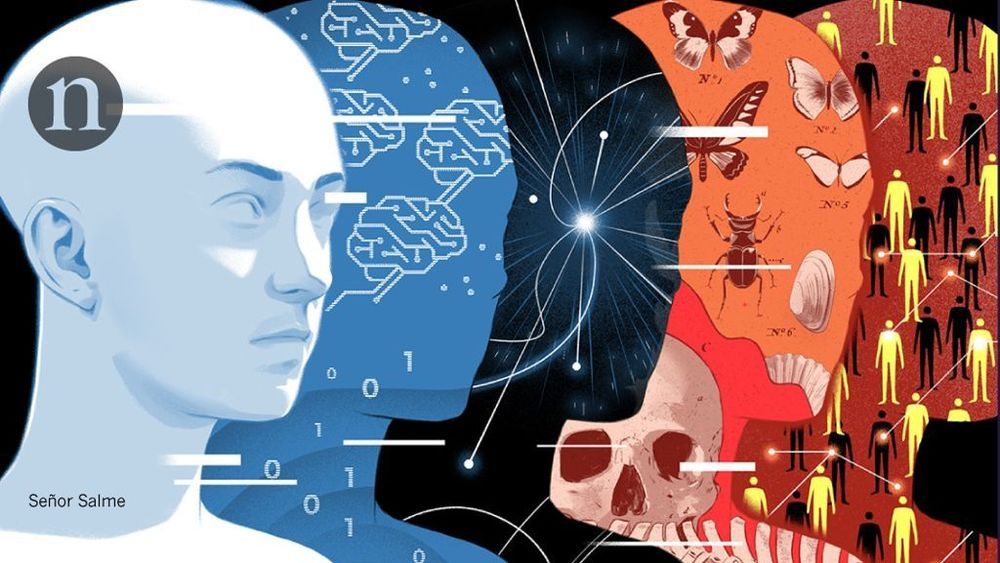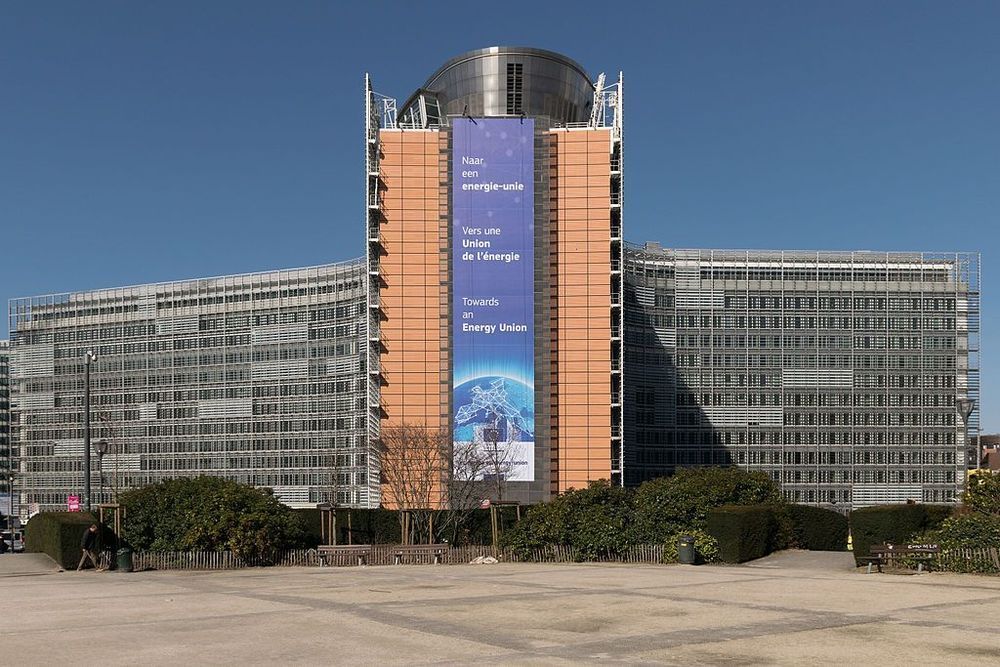Category: science – Page 102
Rough Science 1 Mediterranean Mystery
Time for my yearly proselytizing for PBS UK’s Rough Science. Awesome educational show where a bunch of scientists are dumped on an island and have to work together to make something crazy out of local scavenged materials.
The group is taken to a disused prison on the island where they have to determine the longitude and latitude of the island, create a radio from a saucepan and create an insect repellent.

How science has shifted our sense of identity
In the iconic frontispiece to Thomas Henry Huxley’s Evidence as to Man’s Place in Nature (1863), primate skeletons march across the page and, presumably, into the future: “Gibbon, Orang, Chimpanzee, Gorilla, Man.” Fresh evidence from anatomy and palaeontology had made humans’ place on the scala naturae scientifically irrefutable. We were unequivocally with the animals — albeit at the head of the line.
Biological advances have repeatedly changed who we think we are, writes Nathaniel Comfort, in the third essay of a series marking Nature’s anniversary on how the past 150 years have shaped science today. Biological advances have repeatedly changed who we think we are.
5 Beginner Friendly Steps to Learn Machine Learning and Data Science with Python
Thinking of #Upskilling? Check this out: If you want to learn machine learning and artificial intelligence, start here:
Two years ago, I started learning machine learning online on my own. I shared my journey through YouTube and my blog. I had no idea what I was doing. I’d never coded before but decided I wanted to learn machine learning.
“I want to learn machine learning and artificial intelligence, where do I start?” Here.
Want to code in Python, Java or R?
Try SAS Viya free for 14 days.

Nobel laureates join call for European Commission to reinstate top science post
More than 9000 scientists, including Andre Geim, Carlo Rubbia and eight other Nobel-prize-winning physicists, have signed a letter calling on the European Commission (EC) to reinstate a dedicated commissioner for education and research. The letter claims that that an out-and-out role for education and research is necessary to create a sound basis for innovation in Europe.
News of the apparent sidelining of science emerged when Ursula von der Leyen, the EC’s president-elect, presented her team and the new structure of the next European Commission on 10 September. It included her candidates for the new set of 18 commissioners, but the plan no longer included a commissioner that explicitly represents education and research.
These areas are instead expected to be covered by the commissioner for innovation and youth – the nominee for which is Mariya Gabriel, who is the current commissioner for digital economy and society. In the new set-up, the innovation and youth role appears to be a merger between the current directorate for research, science and innovation with that for education, culture, youth and sport.
Alternative Health Science News
Americans are headed down to get this combination and taking it themselves…
https://www.alternativehealthscience.com/exposed-1001-cancer…le-cancer/